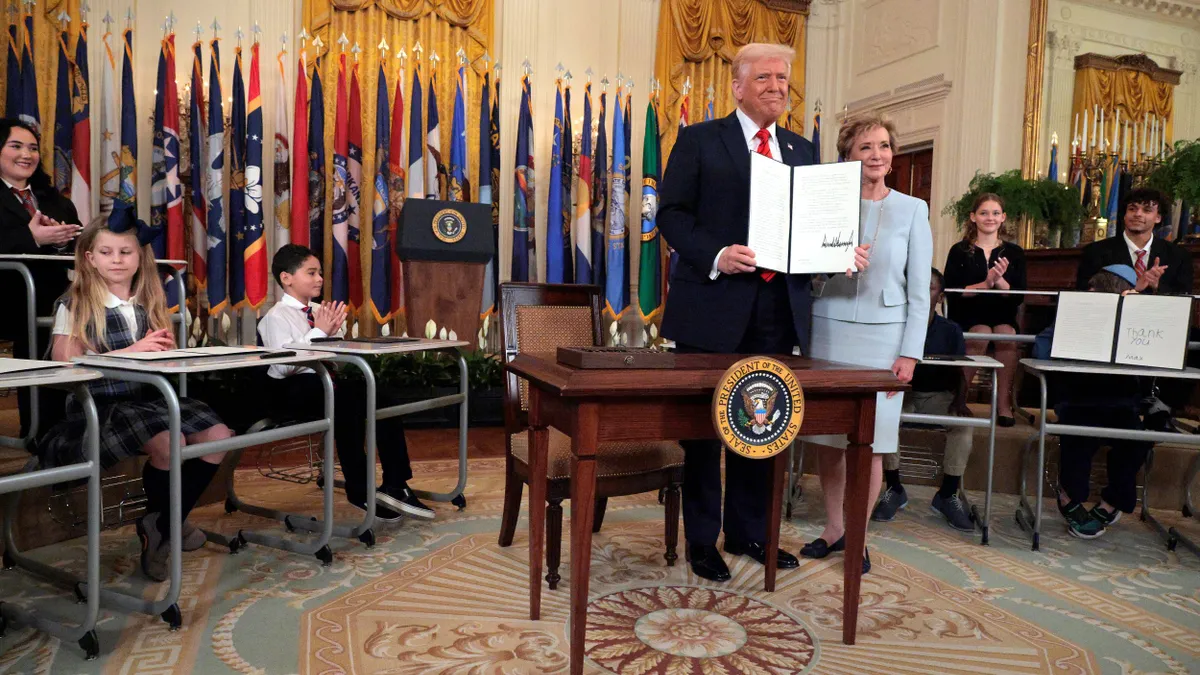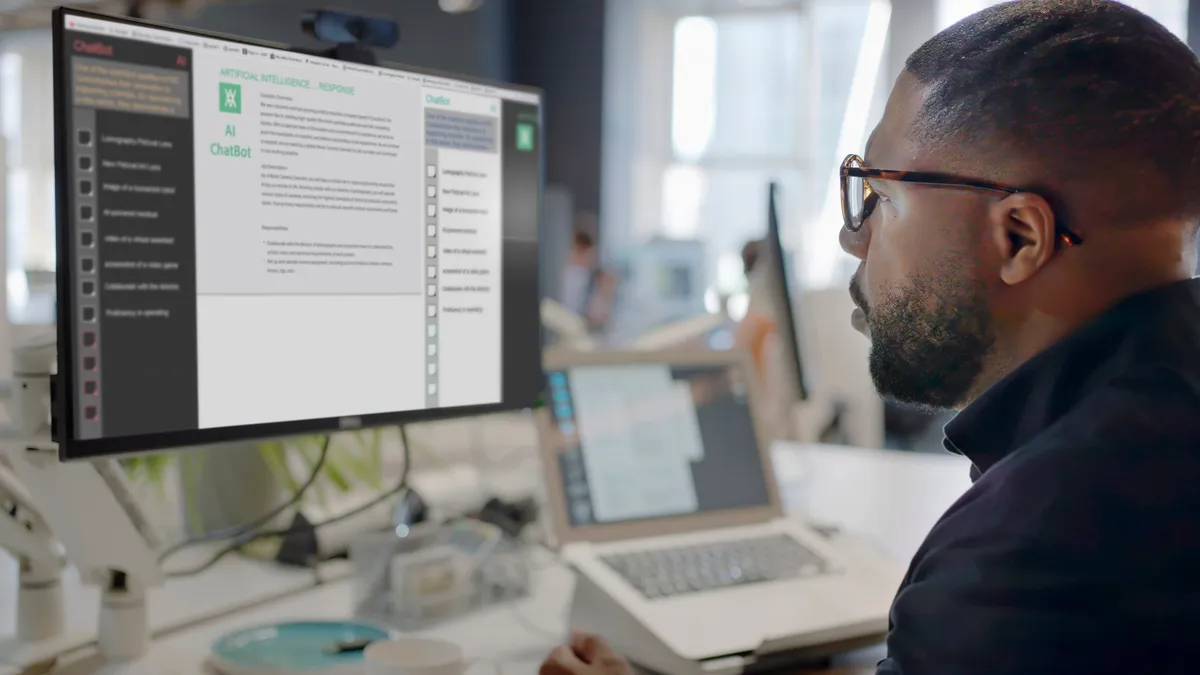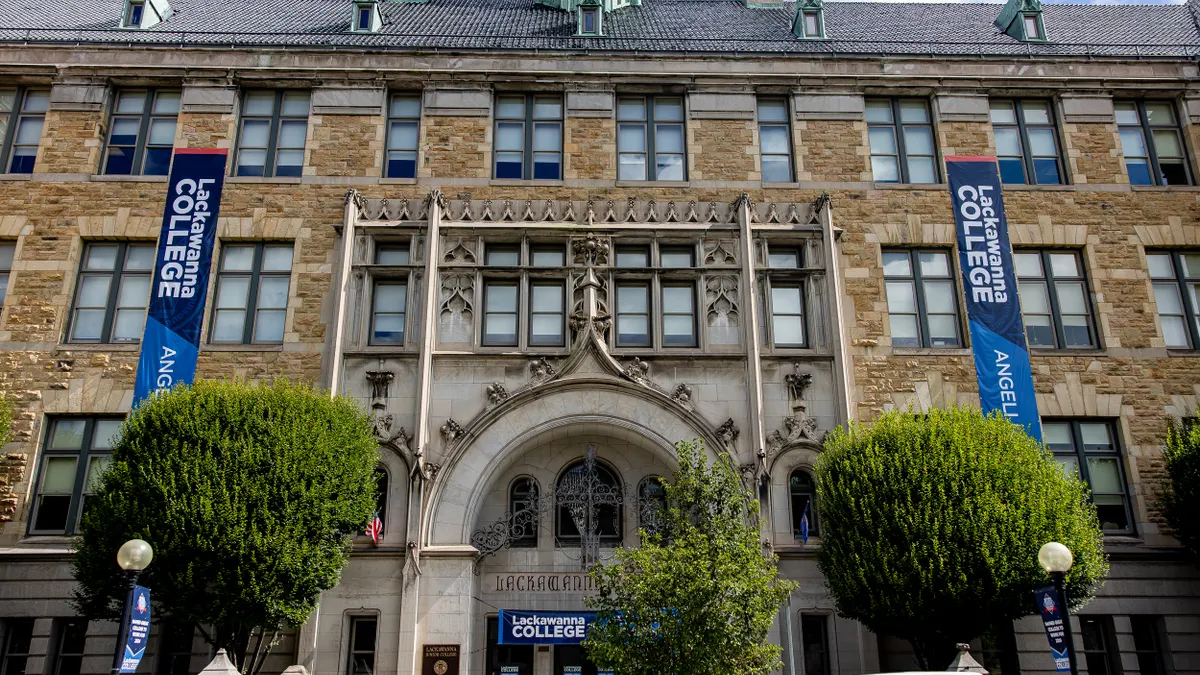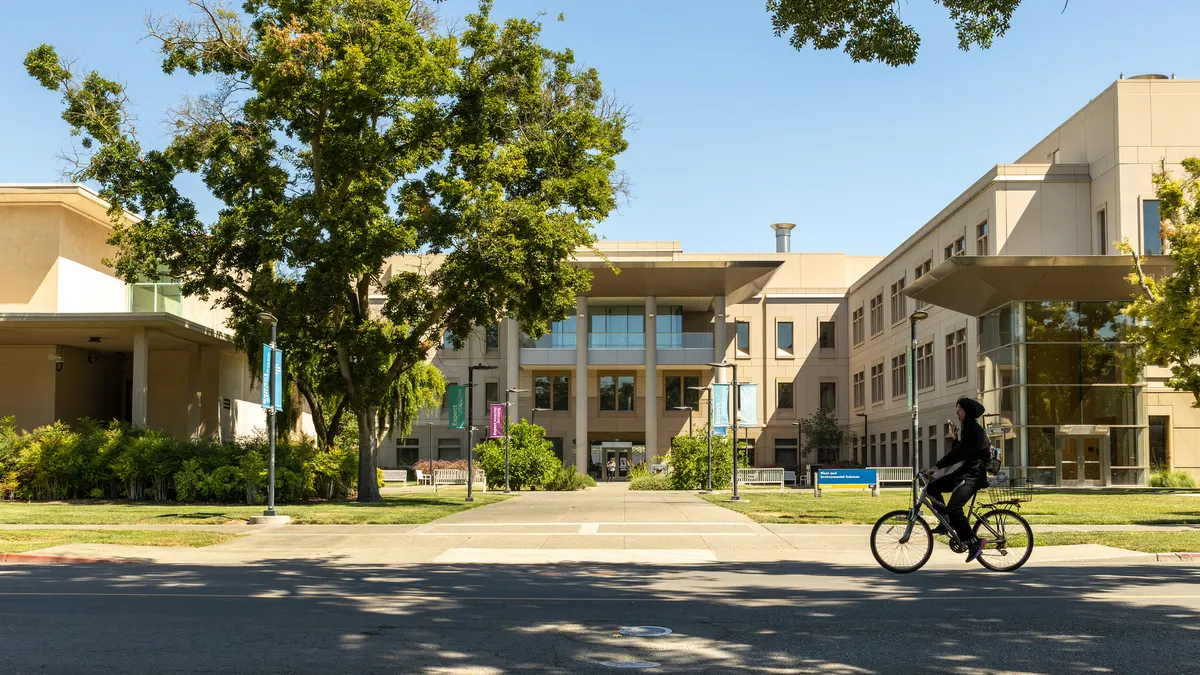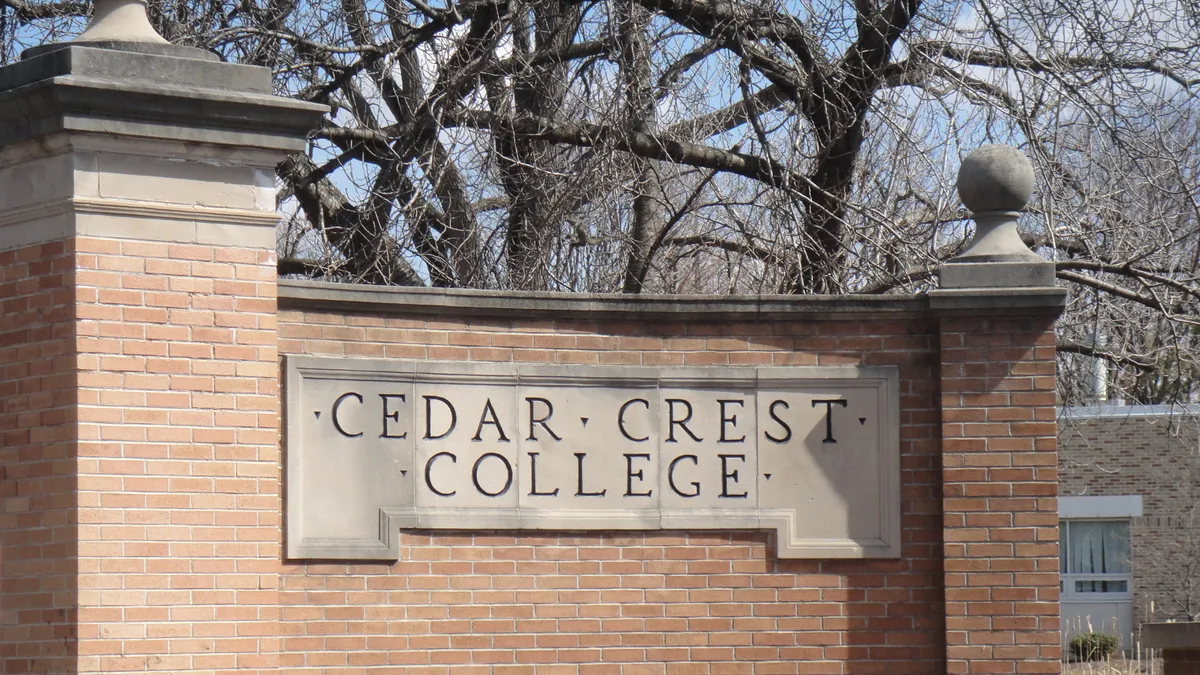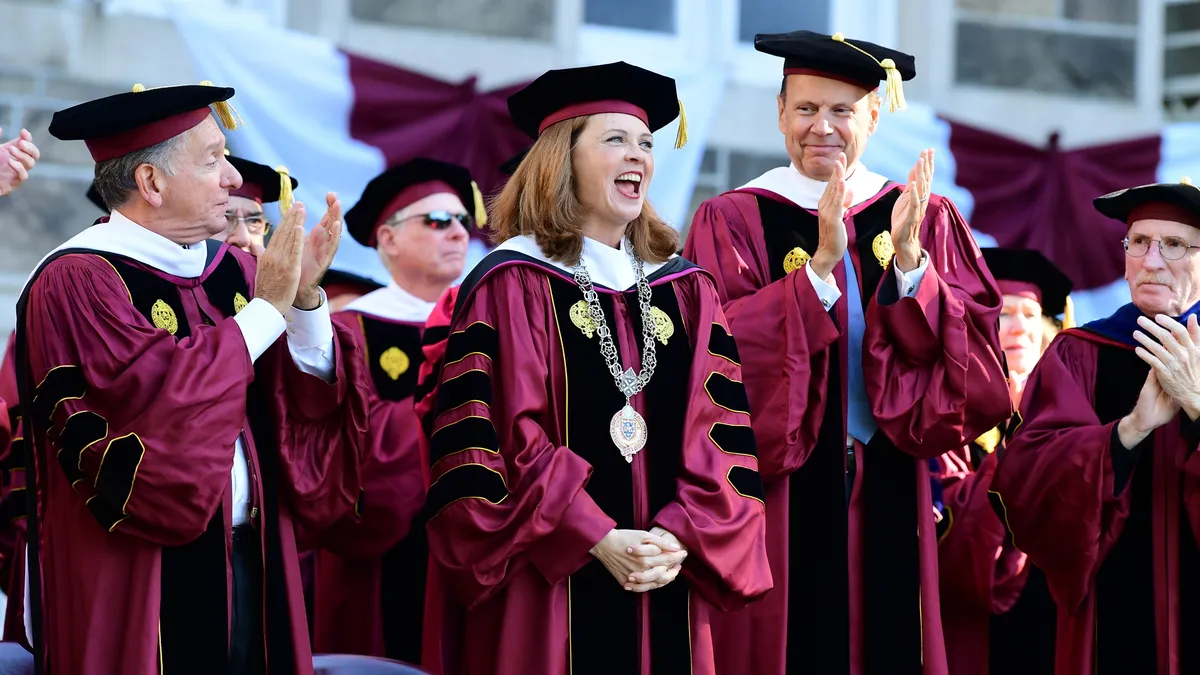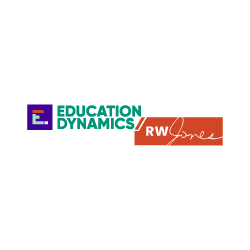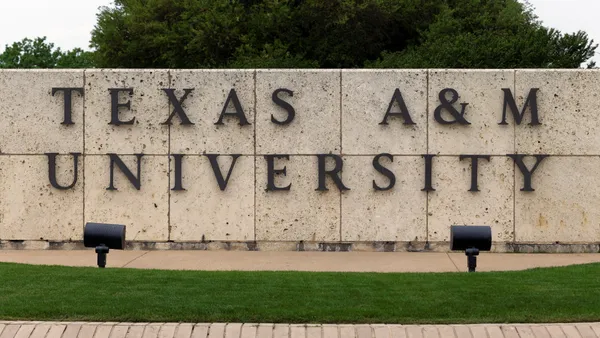Becky Takeda-Tinker is the president of Colorado State University Global, a public online postsecondary institution.
All colleges and universities strive to top the “Best of” lists, which signal to prospective students the prestige of their institution or programs. But the ways these rankings are determined can put institutions that serve post-traditional students – who are often older, attend school part-time while they work, or don’t take a full course load at an on-campus university each fall – at a disadvantage.
Integrated Postsecondary Education Data System surveys serve as one of the main information sources for some of the lists. The IPEDS surveys gather metrics for degrees awarded, enrollment figures, cost of attendance, and retention and graduation rates.
Additionally, fall-to-fall retention rates from campus-based colleges are a core component of the Common Data Set — a collaborative information-sharing and reporting effort among data providers in higher education and media publishing. The CDS reporting guidelines play a key part in at least one influential outlet’s college rankings.
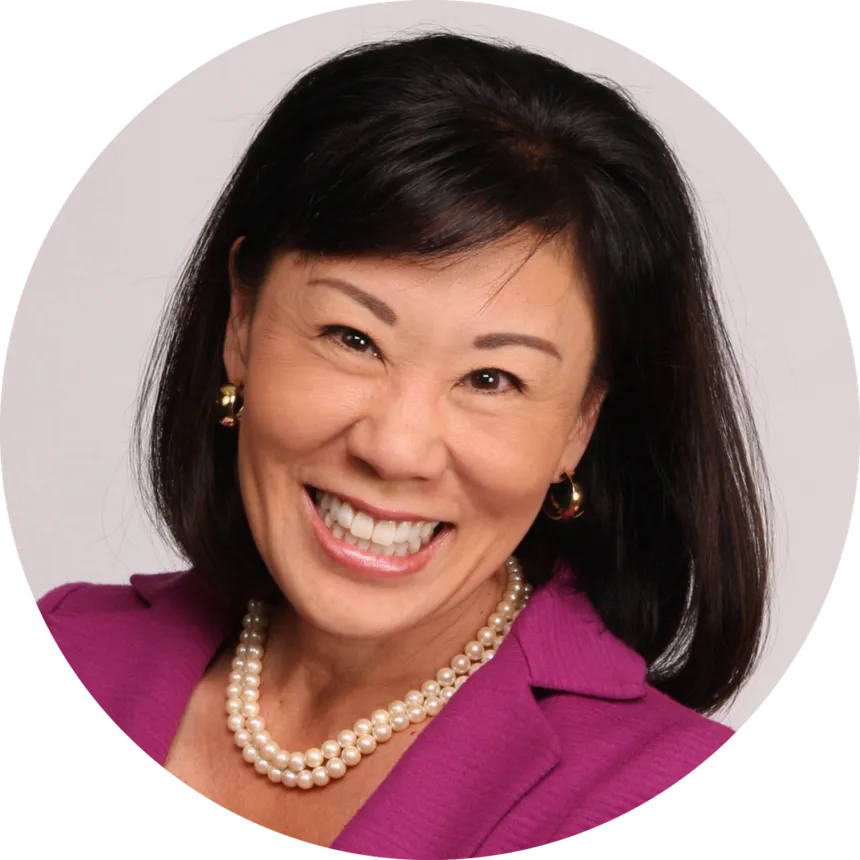
Yet these metrics are geared toward historically “traditional” learners, as they tend to focus on data from first-time, full-time degree-seeking students entering college in the fall semester.
However, the higher education landscape has evolved. In 2021, 41% of part-time undergraduate students were ages 25 and older, according to federal data. Additionally, 28% of all undergraduate students took exclusively distance education courses, with 61% enrolled in at least one distance education course.
Post-traditional students are often overlooked in the Common Data Set and IPEDS data. In fact, they’re only captured in roughly half of the IPEDS survey components. For example, they may not be included if they are taking one class at a time, starting their next class in months other than the traditional fall semester months of August, September or October, or are not first-time students.
Take, for example, a 27-year-old that enrolled part-time in December to get an MBA. Say that the student pauses taking classes to take care of a sick parent and resumes schooling in April, completing a degree the following year. That student has found success in higher education and made a choice that worked for their professional and personal needs.
However, today’s IPEDS surveys will not completely capture this student’s education trend or performance. And with post-traditional students this represents a reporting problem for the fall-to-fall retention, enrollment and graduation rate data through IPEDS, which is often used to evaluate institutional performance by publications in their ranking lists.
As a result, for online colleges and universities that have year-round term starts for their students — at Colorado State University Global, we have 12 start options a year — versus one annual fall start, it’s challenging if not impossible to receive an accurate IPEDS representation for student engagement, retention and program or degree completion.
Such higher ed institutions are at a distinct disadvantage for the “Best of” rankings, ultimately putting potential students in a position of having to rely on data that may not represent them to make important decisions regarding where — and how — to attend a postsecondary institution.
At the same time, reskilling and upskilling are the future of higher education. The U.S. Bureau of Labor Statistics reported earlier this month that the U.S. has 7.6 million unfilled jobs. That, paired with the World Economic Forum’s current report that 59% of the adult population will need to reskill and upskill by 2030, means that of the 163 million U.S. employed population, over 96 million people will need to reskill and upskill to reduce our labor deficit and skills gap.
With businesses’ ongoing dynamic changes and needs, it’s clear colleges and universities must continue to adjust to meet the needs of today’s learners — and the workforce — by providing flexible and career-relevant pathways for all working-age individuals to continually gain the skills they need to keep up with organizational needs.
But then shouldn’t our postsecondary institutions’ performance reporting standards adjust as well?
Filling today’s open job positions with qualified employees is the responsibility of postsecondary institutions. To ensure students can correctly identify the institution best suited for their personal, professional and financial needs, it’s important that news outlets offer their readers and followers clarity and transparency around how “Best of” college rankings are determined.
I encourage prospective students to do their own research to make sure that their college or university of choice actually fits their needs. Are the institutions’s programs providing a return on investment to their students? Does the coursework focus on the top skills employers are looking for today, and do they align with current industry standards?
It is important for leaders of postsecondary institutions to actively measure and report accurate data on their student engagement, retention, program completion, and alumni outcomes on an ongoing basis. This ensures their students are advancing in their fields, achieving their personal and professional goals, and securing a return on investment for their time and money spent on their skilling, upskilling and reskilling needs.
I also encourage media outlets to ensure that all types of learners — not just traditional learners who start school each fall — are reflected in the lists they are designating as “Best of.” Because without comprehensive information and data from all types of students, are they actually the Best?



